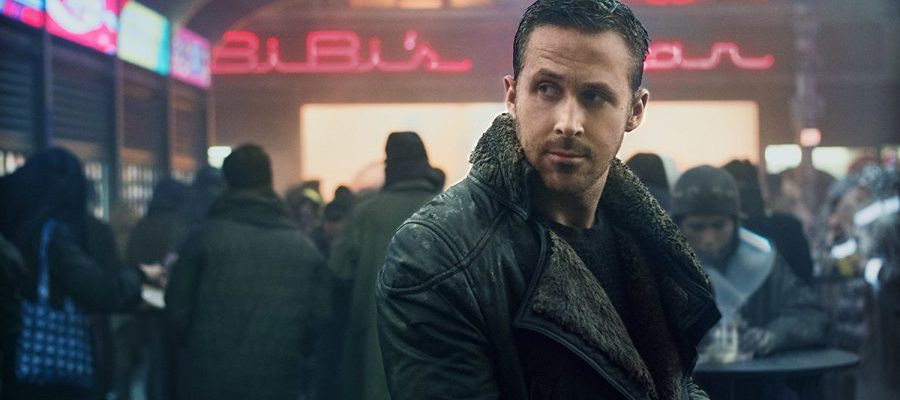Review: 'Blade Runner 2049' Brings Back the Terrifically Dystopian Future

Ian Sloan ’21 / Emertainment Monthly Staff Writer
In 1982’s Blade Runner, Ridley Scott introduced a futuristically bright and eccentric Earth built upon themes of empathy and duty. The struggles between humans and replicants were the main source of tension in a world filled with injustice and oppression. Undoubtedly, the conflict in Blade Runner continues to strike its audience with a sense of morbid familiarity, as well as a sense of awe and wonder at the futuristic setting. These achievements morph into challenges for Blade Runner 2049, the much-anticipated sequel that strives to update these themes, as well as keep that same unique fascination of the future. Thankfully, Blade Runner 2049 upholds the aspects and even improves upon the shortcomings of its 35-year-old predecessor. With its terrific pacing and unrelenting flare, Blade Runner 2049 is easily one of the best films of the year.

As with most science fiction thrillers, events that are integral to the main plot perhaps should not be revealed in a review. Basically, it is best that the essentials of Blade Runner 2049 remain hidden in order for the audience to experience the true stakes of the conflict.
What can undoubtedly be talked about is the superior performances by every character in the film. Every main actor brings their best performance, along with a plethora of secondary characters that provide the backbone for the dramatic thriller. Harrison Ford’s reprise of Rick Deckard is very well done, bringing back elements of Blade Runner and seamlessly integrating them with the events currently going on. This callback will surely delight fans of the original, as well as newcomers to the Blade Runner universe. Jared Leto also provides a captivating performance of Niander Wallace. Wallace has some of the most complex dialogue in the film and Leto succeeds at translating the metaphoric dialogue from page to screen. Even though Wallace’s many reflections on life and creation are confusing, Leto does what he can to help the audience understand what he is talking about.

The standout performance, however, comes from the central character himself, Ryan Gosling as Officer K. The great subtleties and cathartic drama portrayed within K as a character is terrifically brought to screen by Gosling. What makes Gosling truly standout is his ability to convey K’s inner struggle as well as his physical conflict to do his job. Much like Harrison Ford’s ability to bring Decker’s inner emotions to the forefront in the original Blade Runner, Gosling’s dynamic showing adds another layer to Blade Runner 2049’s deep and complex story. Gosling’s emotional acting is on full display as K repeatedly questions his past and his motivation towards being a blade runner. These emotions mirror the main complexities from Ford in the original film but are heightened with Gosling’s acting. Looking back at other blockbuster movies this year, Blade Runner 2049’s Ryan Gosling is right at the top of the acting list along with Logan’s Hugh Jackman and War for the Planet of the Apes’s Andy Serkis.

Above all else, the greatest achievement Blade Runner 2049 gets is the terrific pacing of its story. There is truly never a dull moment in the films close to three-hour runtime. Even when the action takes a back seat to story-building, the tension and drama are still there, exemplifying the importance of whatever is going on. This is an improvement from the original Blade Runner, which occasionally lacked in suspenseful and engrossing storytelling, leaving the audience uninterested. Here in Blade Runner 2049, the suspense is nonstop, causing the audience to think, react, and be on the edge of their seats for its entirety.

However, it is this nonstop adventure and terrific visuals that make Blade Runner 2049 the amazing film that it is. Its greatness lies in its terrifically dramatic performances and its overall efficient direction. Although it may be at times too fast for its own good, Blade Runner 2049 is entertaining not just on a blockbuster film level, but also on a legitimate science fiction-thriller level. Like Logan did previously this year, Blade Runner 2049 transcends the view of usual blockbuster quality and moves onto a greater, more legitimate arena.
Overall Grade: A-
Watch The Trailer:
[embedyt] https://www.youtube.com/watch?v=gCcx85zbxz4[/embedyt]